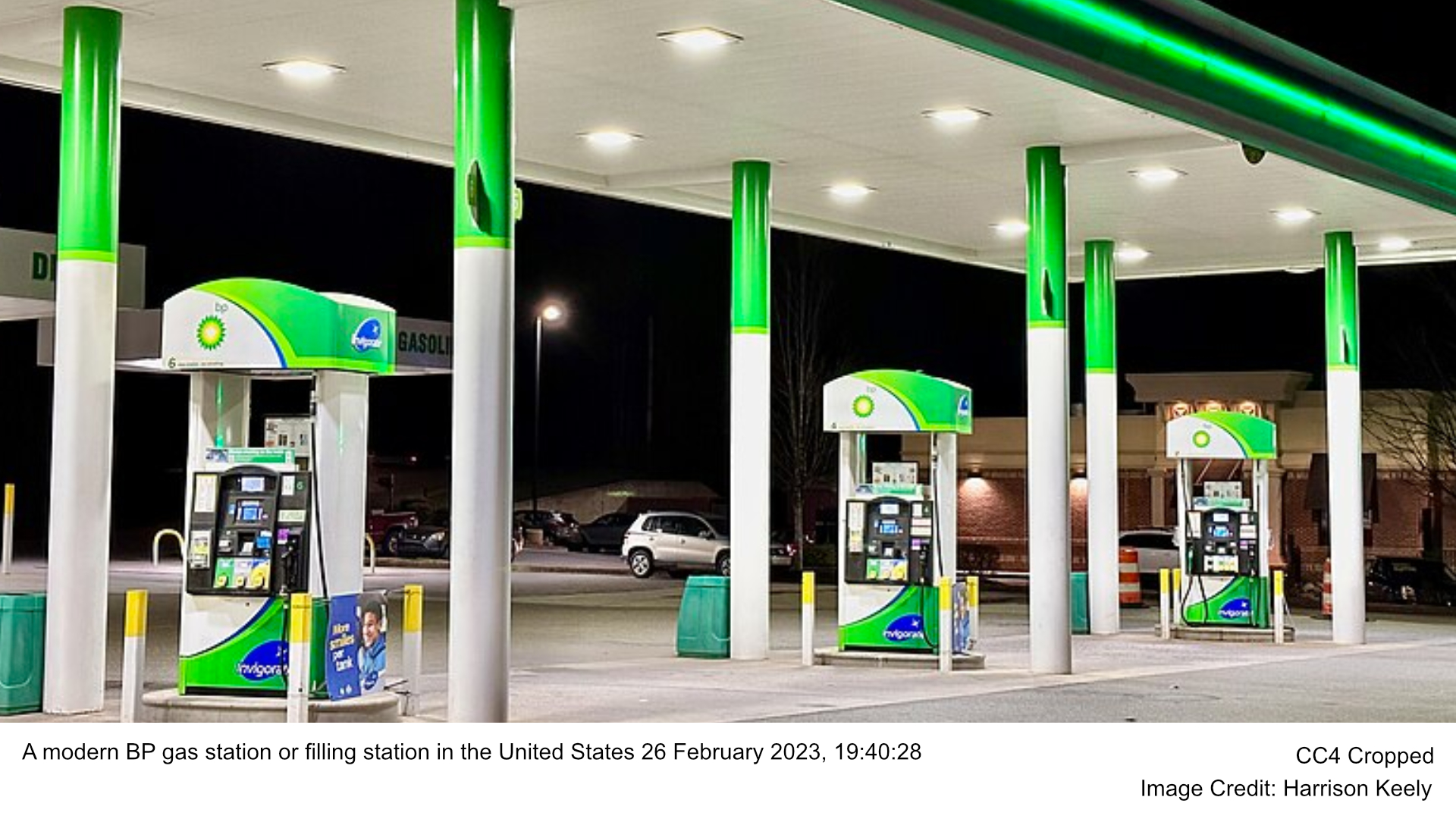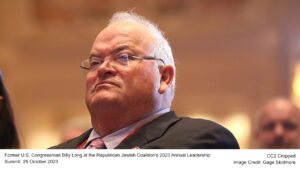BP, the UK-based energy giant, has revealed plans for significant workforce reductions as part of its broader strategy to cut costs and adapt to industry challenges. Chief Executive Murray Auchincloss announced the elimination of 4,700 jobs—accounting for over 5% of the company’s global workforce—and an additional 3,000 contractor positions to be shed this year. The company expects these measures to save $2 billion by 2026, with $500 million in savings projected for 2025.
- Workforce Reductions: BP plans to cut 4,700 jobs and 3,000 contractor roles to save $2 billion by 2026, primarily targeting office-based roles while sparing operational positions.
- Strategic Shift: The company is scaling back emissions reduction targets and pausing lower-value projects to focus on high-value opportunities and improve operational efficiency.
- Market and Environmental Pressures: BP faces shareholder concerns over declining stock value and criticism from environmental groups for adjusting its green energy commitments amid ongoing windfall taxes.
- Leadership Transition: CEO Murray Auchincloss is steering BP through industry challenges, balancing cost-cutting measures with long-term investments like H2Teesside to sustain growth and innovation.
Focus on Streamlining Operations
Since assuming leadership last year, Auchincloss has aimed to simplify BP’s operations and boost its competitiveness. The job cuts will predominantly affect office-based roles, sparing operational positions and the 6,000 employees at BP’s UK petrol and service stations. Auchincloss has reassured employees that support systems will be in place throughout the transition.
The workforce reduction follows a comprehensive review of BP’s divisions, which has already seen 2,600 contractors exit the company. BP has paused or canceled 30 projects since mid-2024, sharpening its focus on high-value opportunities in a bid to streamline operations and reallocate resources.
BP’s announcement aligns with a broader trend in the energy sector where traditional oil and gas companies are reevaluating their roles in the energy transition. With global demand for fossil fuels still significant, companies face the dual challenge of maintaining profitability while meeting societal and regulatory expectations for sustainability. BP’s actions highlight the complexities of navigating this landscape, particularly as windfall taxes and shareholder demands intensify the pressure to deliver both short-term results and long-term innovation.
Evolving Green Commitments and Environmental Scrutiny
BP’s revised strategy has drawn criticism from environmental groups, particularly following its decision to scale back emissions reduction targets. Originally set at 35-40% by 2030, the new target range is 20-30%. Despite this adjustment, Auchincloss remains confident in BP’s ability to grow while contributing to the energy transition.
The company continues to integrate advanced digital technologies, including artificial intelligence, into its engineering and marketing efforts, aiming to enhance efficiency and competitiveness. Projects like H2Teesside—one of the UK’s largest blue hydrogen production facilities—illustrate BP’s commitment to long-term investments in sustainable energy, even amid evolving priorities.
Shareholder Concerns and Market Pressures
BP’s share price has declined by roughly 20% since last spring, amplifying shareholder concerns over its shifting green energy commitments. In response, the company is refocusing on high-value projects while pursuing a digital transformation to strengthen its market position.
This announcement also comes against the backdrop of extended windfall taxes on oil and gas companies, now set to remain in place until March 2029. These taxes further complicate BP’s efforts to balance profitability with sustainability and shareholder expectations.
Leadership and Industry Challenges
Auchincloss took over BP’s leadership following the departure of former CEO Bernard Looney amid a review of personal conduct. Under his leadership, the company is navigating a delicate balance between cutting costs, addressing shareholder demands, and advancing its role in the energy transition.
BP’s actions reflect a broader trend within the energy industry, as companies face mounting pressures to adapt to a shifting landscape. While the path forward includes difficult decisions, BP remains focused on aligning its strategy with evolving customer and societal expectations.







Be First to Comment